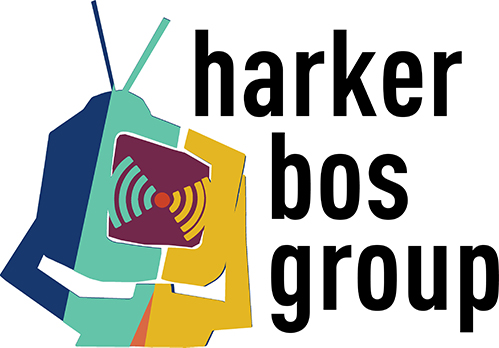May I Have Your Attention Please?
“May I have your attention, please?” A simple question, yet so many different answers. I have been in the radio business since the mid 1970’s and to say that things have changed since then is an understatement. I still remember the first time I was on-air at a commercial radio station. The sense of anticipation of getting to put on a headphone and talk-up the intro of a song was something I had been anticipating for days. As a result, I remember is that I talked way too fast and walked over the start.
After that, I was on my way and happy to get the experience. It was all about getting a couple of hours on the radio every weekend. Back in those days, media was about the Big Three: Radio, Television and Newspapers. These were the only venues people went to for information and entertainment. Cell phones did not exist, the internet was not yet available, and cable television was just starting to become part of our lives. It would be years before social media would exist.
Fast forward to 2024 and the landscape is so different. Legacy Media including Radio and Television face more competition than ever. In terms of audio, there are so many places to hear and view content. On average, people check their smart phone 144 times per day and spend 4.5 hours on the device. This is just another indication of the challenge radio and audio providers face in getting their content listened to. Consumers have never had so many options, and with that change is something we all need to be constantly aware of.
Radio is about to undergo a huge change in how audience measurement takes place. For as long as I can remember, programmers such as myself have always asked talent the question of the day; “Did you get the 5 minutes?” (In fact, I wrote about this in June!) This has been the standard that programmers and hosts have used to determine how successful our content is. However, Nielsen has announced that, effective January 9th, the game changes and the criteria for quarter-hour credit will now be 3 minutes. We are told that this is being done in response to the fact that currently 45% per PPM panelist listening is under 5 minutes. The expectation is that with this adjustment, stations will see increases in AQH Share by an average of 24%
There is a lot of discussion on the best strategies for moving forward to put your station in the best possible position to be successful. I have talked with numerous programmers over the last several weeks to get different points of view; There are some that feel it is best to stay the course and do nothing. There are others who believe this is an opportunity to be creative and move away from the bow tie approach to clocks that has been utilized for years.
Here is what we know based on information from Nielsen.
- 23% of listening is between 3 and 5 minutes. With this change, stations will get credit for more content consumption.
- 15% of listening is at 2 minutes. Think about the opportunity that this presents for all content providers; Being able to convert the 2-minute listener to 3 would have a significant impact on AQH Share.
- The clock means nothing to the listener. Although many of us think about the top and bottom of the hour, or the return from a commercial break, the reality is that the audience is changing minute by minute.
- With this change, previous listening that was uncredited around the quarter-hour transition will now be credited.
What does this all mean? As content creators, those of us who have worked in radio must understand that the consumer is in control. It is important to realize that our approach to presentation must get with the times. There are other options for the listener if they do not like what you are delivering. Every time someone opens a microphone, it is a chance to make either a good or bad first impression on someone. It is important to not waste time – get right to the point of conversation that matters to the listener and make sure you made listening through a commercial stop set worth their time.
The phrase “It’s all about the Content!” is what this is all about. Give the audience what they want and do this in a world where it is all about the 3 minutes. As someone who grew up in the time of Top 40 Radio, to me it has always been about playing the hits. This is still the recipe for success whether spoken word or music. It is important to know that in a 15-minute quarter-hour your audience changes multiple times.
Key Takeaways:
- Legacy Media such as Radio and Television face more competition than ever.
- Radio Measurement about to undergo a major change. The criterial for quarter-hour credit from Nielsen will change from 5 minutes to 3 minutes effective January 9th, 20245.
- Currently 45% of PPM Listening is under 5 minutes. 23% of listening is between 3 and 5 minutes.
- The big opportunity is to come up with a strategy to convert 2:00 consumers to 3:00.
- New listeners join your programming on a minute-by-minute basis.
- In the end, it is still all about the content. We have to adapt to changes in consumer behavior which is most impacted by declining attention spans.


